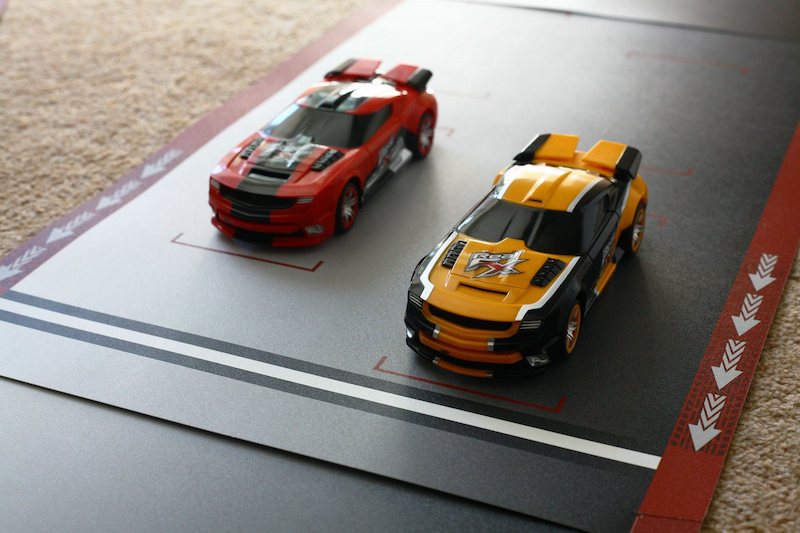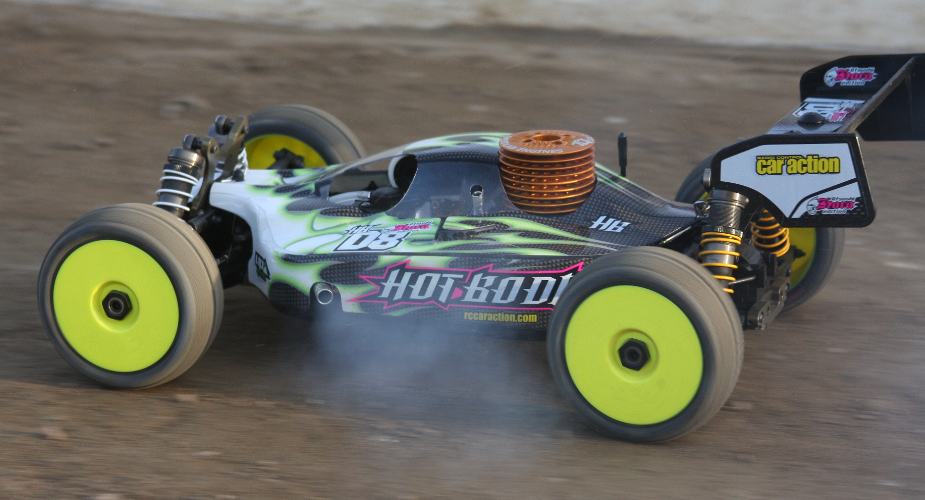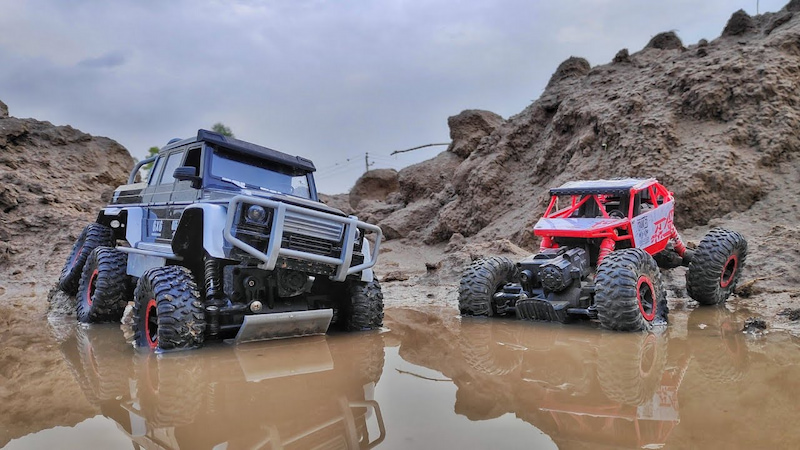Driving an RC vehicle is one of my favourite hobbies. I take one of the many models I own everywhere I go. RC monster trucks and buggies for when I go camping, and my Scalextric RC race car for when I go to the local park. You can drive an RC vehicle anywhere, and you’ll always get attention everywhere you go. RC vehicles are a great way to bond with your kids, as they teach about electronics, batteries, and hand-eye coordination. It’s something you can do to spend your “me time”, or share with family and friends.
Step 1: Pick a Good Brand

For the first-time buyer, buying an RC vehicle can be quite difficult. There are thousands of different brands out there, and each of them sells hundreds of different RC vehicles. Some of the most popular brands of RC vehicles are Traxxas, Scalextric, ARRMA, Axial and Tamiya. While buying a vehicle from either of these brands can be costlier than buying from a no-name brand, you’re almost bound to get a quality vehicle that will serve you for many years to come.
Of course, different brands specialise in different types of vehicles. I mentioned that I have a Scalextric model. This brand is considered the home of slot car racing. Scalextric has grown to be a market leader in slot car racing since its debut in 1957. The company has provided interesting sets, realistic models, and more over the course of its 65-year existence.
Slot cars were first simple electric tinplate cars, then in 1960, they progressed to the modern highly detailed plastic models. Additionally, Scalextric has advanced with technology over the years, from the ingenious App-based controllers to the on/off power button. Scalextric sets made their way out of the loft as a result of the national trend towards rediscovering childhood pastimes during the pandemic. During the past few years, slot car enthusiasts were able to relive their youth and pass on their love to future generations.
In 2020, Spark Plug—a wireless dongle that enables users to race their vehicles from smart devices—was released. Since then, a number of updates have become accessible that enable vs mode and more family-friendly play. To rekindle the love of slot racing and provide a path into the game for the next generation of young enthusiasts, there are many new Scalextric models that you can buy at any well-stocked RC vehicle store.
Step 2: Nitro vs Electric

All RC vehicles are categorised as either electric or nitro. Electric RC vehicles run on batteries, whereas nitro RC vehicles run on a nitro-powered combustion engine. Most beginners are better off with an electric vehicle, as it requires less maintenance and you can use it indoors. Nitro RCs are more powerful, and they produce great sound. Moreover, they’re better at tolerating wet conditions, and you get to learn more about internal combustion engines. Electric motors, on the other hand, aren’t as noisy and can go reverse.
The downsides of nitro RCs are that they require a break-in period, and produce exhaust gases. The ongoing costs of driving them are also greater, as you’ll need to purchase nitro fuel. On the other hand, the downsides of electric motors are that you rely on batteries that can run out relatively quickly and can be confusing to charge.
Step 3: Entry-Level vs. Hobby-Grade
Entry-level RC vehicles aren’t toys like the ones small kids play with, but their parts aren’t of high quality either. However, they’re more affordable, and if you find yourself enjoying them, you can always replace and upgrade the parts with high-performance ones like a brushless motor, shocks, etc. Typically, an entry-level RC will come equipped with a two-wheel drive train, a brushed motor, NiMH batteries, a 2.4GHz controller, an entry-level charger, and mostly plastic parts. You can expect to spend anywhere between 50 and 250 dollars on such an RC model.
Hobby-grade RC vehicles come equipped with the best parts, motors and electronics available. However, they might also be bare-bone kits that you have to buy the parts for separately and put together the RC yourself. These RCs are generally equipped with a four-wheel drive train, a powerful brushless motor, high-performance ESCs, a 2.4 GHz controller, a combination of metal and plastic parts, and adjustable shocks. They generally don’t have a battery or charger, so you’ll have to buy those separately. You can expect to pay $300 or more for a hobby-grade RC rig.
Step 4: Types of RC Vehicles

RC Monster Trucks
RC monster trucks are replicates of the real-life monster trucks you saw on the rallies as a kid. The Grave Digger and the Stampede are just some examples of these RC vehicles that come with huge shocks and great ground clearance. They’re available in two-wheel and four-wheel drive models and are ideal for driving off-road. On the downside, RC monster trucks can tip over and they’re not as fast as truggies or buggies.
RC Race Cars
These cars are made to be used on pavement and asphalt. They don’t have big shocks so they’re not suitable for going over large bumps. They’re the fastest RC but they’re only suitable for flat tracks. Most RC race cars look like real cars. You can get a Corvette, Mustang, Camaro or even an F1 car.
RC Drift Cars
RC drift cars are for those who want to get in on some sliding action around turns on special indoor trucks. These cars can be customised in a wide range of ways, and you can adjust the motor, throttle response and suspension to tune in your setup. RC drift cars have a larger learning curve, and they are generally used by advanced hobbyists.
RC Rock Crawlers
As their name implies, these vehicles are designed for driving over rough terrain. Rock crawling involves navigating through bumpy and obstacle-ridden courses. RC rock crawlers look like real trucks and cars, and many of them are modelled after jeeps. They come with a higher centre of gravity and typically used high-torque brushless motors. Again, these are typically used by advanced riders who know their way around an RC controller.












